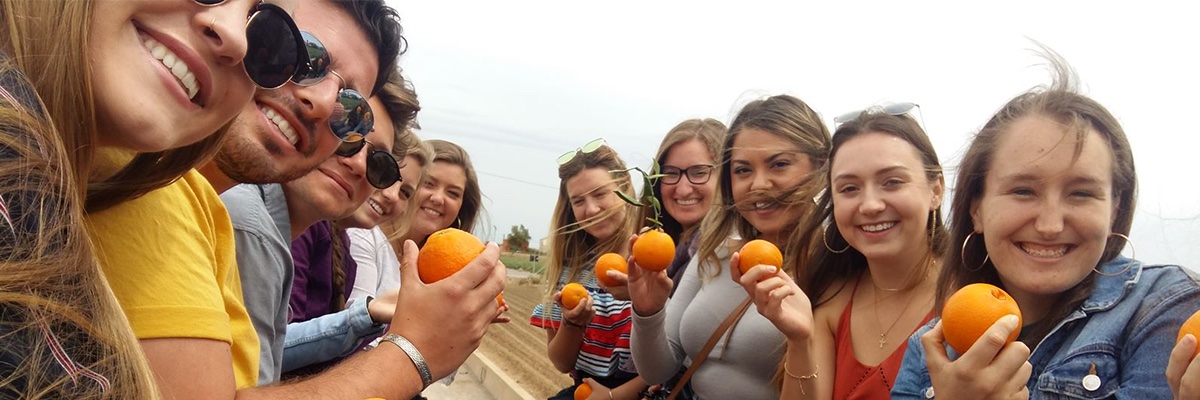Field Trips for Valencia, Spain
We highly recommend students participate in the following organized field trips, which are included in your program fees. Some trips may be mandatory for specific classes and will be led by the Resident Director, instructors, or International Office staff. These excursions generally take place on Fridays/Saturdays or Saturdays/weekends.
Please note that destinations may only be available during certain terms and are subject to change at the discretion of the Resident Director or on-site staff.
The following are possible field trip destinations, with further details provided upon arrival.
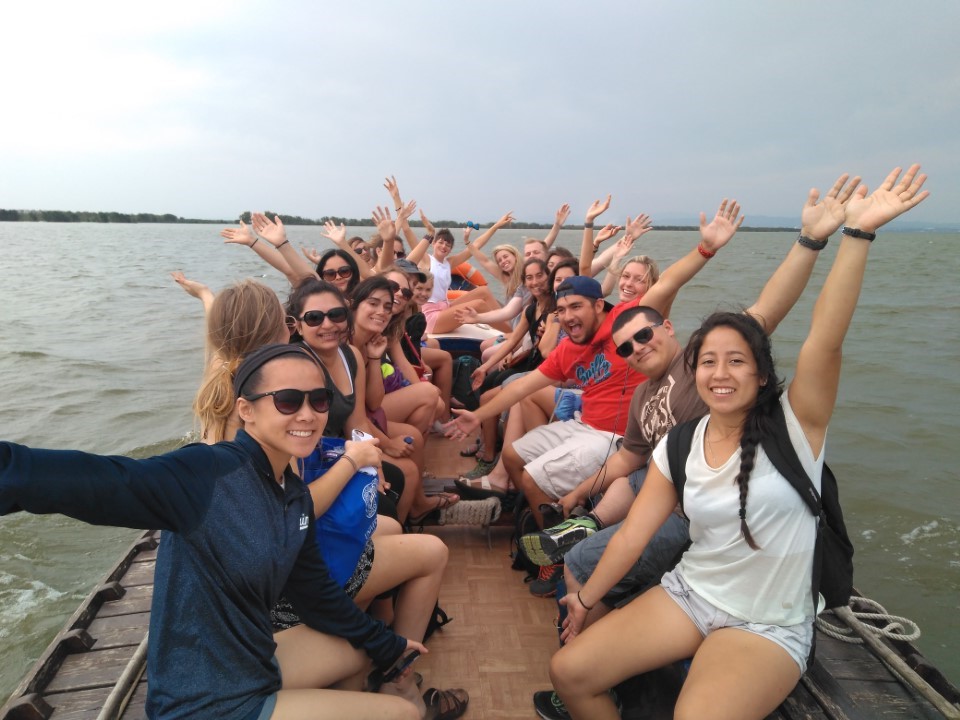 La Albufera Natural Park and The Aquarium
La Albufera Natural Park and The Aquarium
The park is home to the largest lake in Spain and one of the most important wetland areas in the Iberian Peninsula. It is a place of great ecological interest with rare species of wading birds and a rich variety of wildlife. You will also visit the largest aquarium in Europe.
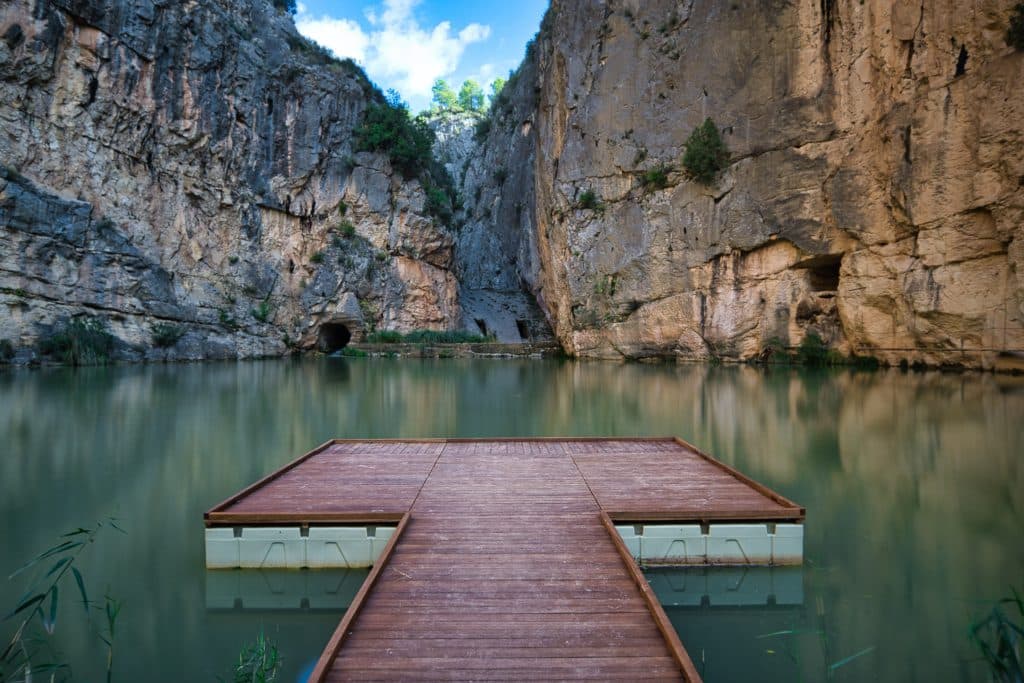 Hiking in Chulilla
Hiking in Chulilla
Enjoy hiking in Chulilla, a beautiful mountain town located in the Serra Calderona Mountains. This area has a river flowing through along with caves, deep river gorges, and a natural park. It was once an important city during Spain's Muslim period and you can visit the castle ruins on the cliff overlooking the town. Additionally, you can also decide to take a dip in the Charco Azul where the water is a bright turquoise color (due, in part, to the cold mountain water).
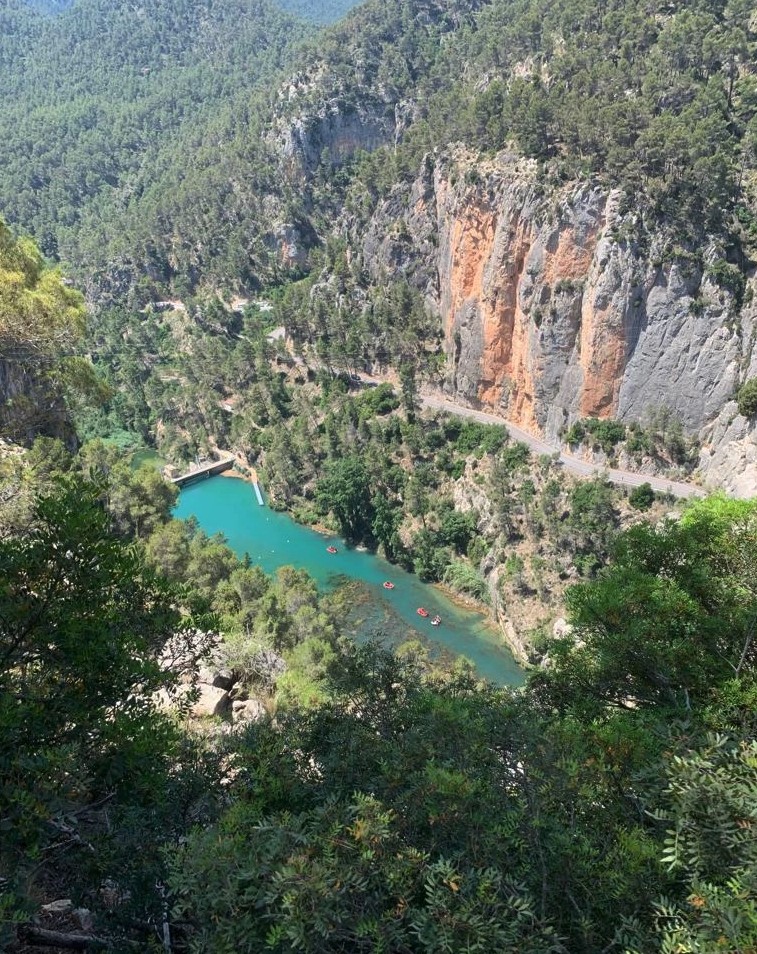 Montanejos
Montanejos
Montanejos is a little town, famous for its natural beauty and waters springs which maintain a yearlong temperature of 20-25ºC. Legend says the Moorish King, Abu Zeit, built these baths’ so that queens could bathe there and never lose their beauty. After enjoying the hot springs you'll have lunch. For those who want to practice adventure sports, in the afternoon, there will be an opportunity to raft in the rapids of the Mijares River or kayak in Embalse de Arenoso.
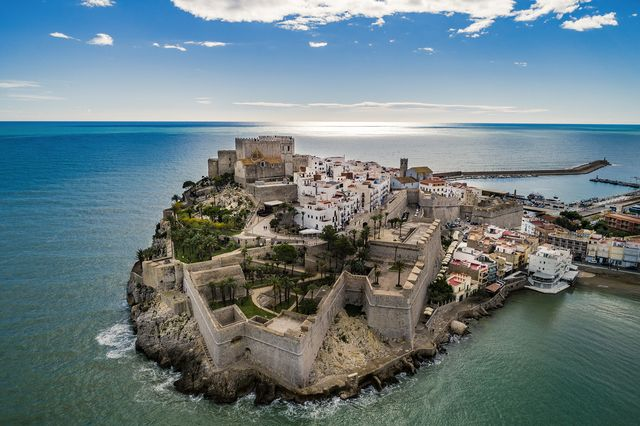 Peñíscola
Peñíscola
You will walk along the historic streets of the fortified seaport of Peñíscola and visit culturally significant monuments while enjoying a breathtaking view of the Mediterranean Sea.
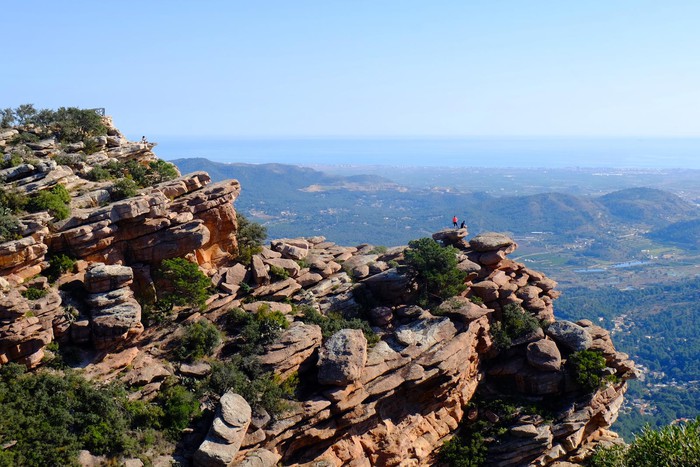 Serra Calderona, St. Joseph Caves, and Xilxes Beach
Serra Calderona, St. Joseph Caves, and Xilxes Beach
The Serra Calderona is a natural park in Valencia, home to caves and deep river gorges. They were once feared as the home of highwaymen and bandits, but today you're more likely to encounter hikers and rock climbers. During this activity, we will go on a short hike, enjoy a traditional mountain-style paella, visit the St. Joseph Caves with a relaxing boat ride through the longest underground river in Spain, and end the day with a relaxing swim at Xilxes beach.
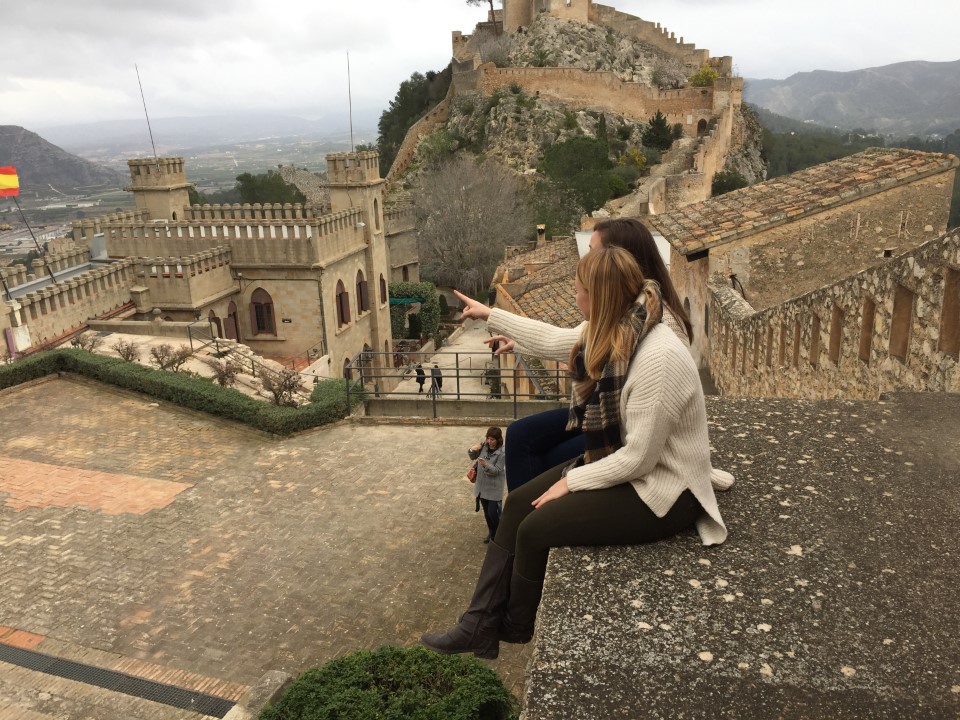 Xàtiva & Visit to Huerto Ribera
Xàtiva & Visit to Huerto Ribera
The ancient core of this special city was officially declared a Site of Historical and Artistic Interest in 1982. You will visit the streets of the old quarter, the famous castle, and admire its spectacular collection of monuments born of a turbulent past and present. Additionally, you will visit the Huerto Ribera in Carcaixent, where you will learn about local agriculture and orange production in Valencia, including the history of oranges in Valencia, the different types of oranges, and the cultivation of orange trees and orange products for sale in Valencia and around the world.

